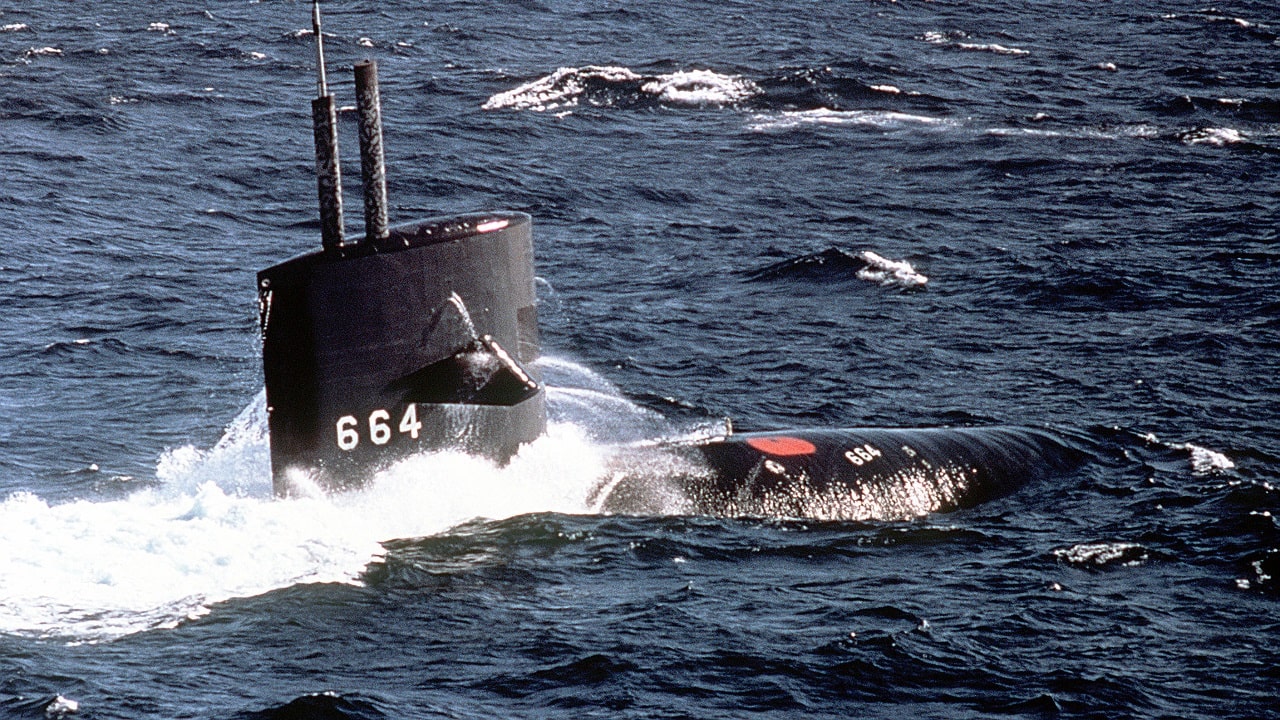Today’s Virginia-class attack submarines certainly did not materialize in a vacuum. Neither did their Los Angeles-class and Seawolf-class predecessors.
Some of the design work and innovation woven into earlier submarines, like the 1960s-era Sturgeon-class U.S. Navy boats inspired or influenced the platforms in use today.
Cold Warriors Beneath the Seas
Sturgeon-class submarines were initially built in the 1960s and 1970s and served until 2004.
They are widely regarded as a critical Cold War undersea platform. Some observers and historians note that the Sturgeon-class subs were extremely similar to the Thresher/Permit-class boats.
Some of the class’ distinguishing features included a retractable towed sonar array, a large sail to allow for multiple antennas, an ability to fire torpedoes, and a half-inch rubber coating covering a glass-reinforced plastic dome to improve sonar sphere performance.
The Sturgeon’s larger sail allowed for additional intelligence-gathering masts, enabling the boat to operate at greater depths and avoid risky surfacing.
When it did need to surface, the boat could emerge even through thin ice by using its fairwater planes — structures which, when mounted on the sail, could rotate 90 degrees and break through the ice.
Heavily Armed
The Sturgeon-class boats were armed with missiles including Tomahawks and Harpoons, as well as mines. The submarines also integrated new noise-reducing technological breakthroughs.
The rubber coating on the dome of the Sturgeon-class boats seemed to foreshadow the Navy’s Block III Virginia-class attack submarines in some ways, specifically in the introduction of Large Aperture Bow expanded sonar capacity.
The Virginia’s Large Aperture Bow array of transducers both expands detection capacities and helps enable better quieting techniques to emit a lower, less detectable acoustic signature. At the same time, it delivers new spheres of detection and image-rendering sensitivity.
Current submarine weaponry has also likely been influenced by the Sturgeon class’ on-board arsenal. In the 1980s, the Navy upgraded its Sturgeon-class boats to include improved electronics and the BQQ-5 sonar suite with a retractable towed array.
This retractable towed array technology has probably evolved in the decades since — variable-depth sonar and towed arrays are used extensively. Today, towed arrays are pulled by surface combatants to bring additional detection capabilities.
They are now used by smaller surface systems such as fast-emerging unmanned surface vehicles.
The Tomahawks, torpedoes and missile tubes now in use have also probably been influenced by innovations woven into Sturgeon-class boats.

Sturgeon-Class submarine. Image Credit: Creative Commons.

USS Sunfish SSN-649.
Kris Osborn is the Military Affairs Editor of 19FortyFive and President of Warrior Maven – Center for Military Modernization. Osborn previously served at the Pentagon as a Highly Qualified Expert with the Office of the Assistant Secretary of the Army—Acquisition, Logistics & Technology. Osborn has also worked as an anchor and on-air military specialist at national TV networks. He has appeared as a guest military expert on Fox News, MSNBC, The Military Channel, and The History Channel. He also has a Masters Degree in Comparative Literature from Columbia University.
From the Vault
‘You Really Oughta Go Home’: F-22 Raptor Stealth Fighter Flew Under F-4 From Iran

